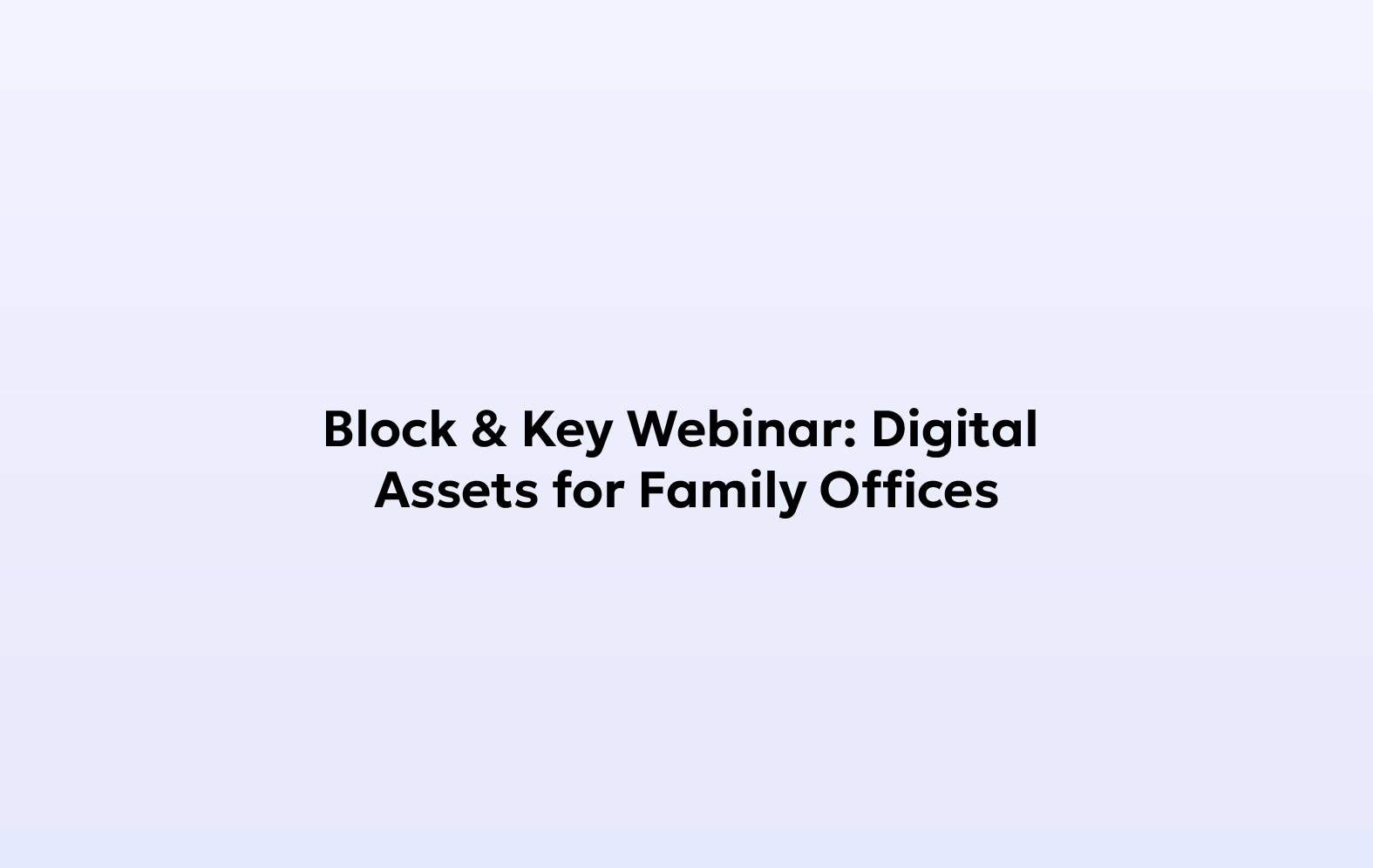The adoption and use of blockchain technology have increased dramatically in recent times, thanks to the myriad use cases and ease of value transfer it offers. Its ability to generate returns as a financial instrument has further contributed towards the rising popularity of crypto assets and underlying blockchain technology. The rising number of novel financial applications and increasing user base has led to a phenomenal increase in the number of transactions conducted over these blockchain networks, exceeding the parameters considered during their creation.
Increased transaction activity exceeding the throughput on blockchain networks like Bitcoin and Ethereum has, on many occasions, led to backlogs and long transaction confirmation times. With limited scalability in sight, slower transaction speeds and higher transaction/miner fees resulting from high demand have significantly affected the large-scale adoption of decentralized solutions by individuals and enterprises alike.
The scalability issues faced by most native blockchains are legacy problems that are deeply ingrained in their design, leaving little room for improvement without compromising on other crucial parameters like the degree of decentralization and security. As a workaround, Layer-2 solutions that work on top of the native blockchain protocol have emerged as a viable alternative. By offloading the majority of transaction processing activity to a secondary protocol, layer 2 solutions have made faster and cheaper transactions possible while ensuring that the records of such transactions are maintained and secured by the primary chain.
What is a Layer-2 Solution?
Layer-2 solutions are external blockchain protocols implemented over layer-1 blockchains like Bitcoin and Ethereum to offer increased throughput to these networks. Layer-2 blockchains work by handling the processing of transactions off-chain and help relieve network congestion from the layer-1 chains that are unable to scale and witness increased user activity.
Layer-2 protocols operate on independent consensus mechanisms as compared to the layer-1 mainnet but rely on the mainnet for transaction security. These scaling solutions process transactions rapidly using their consensus mechanisms and send them to the main chain as compressed data packets. On the main chain, the transaction bundles are processed and stored immutably at a fraction of the cost and time. Thus, layer-2 protocols improve the transaction rates of the blockchain network tremendously while relying on the robust transaction security of the layer-1 chain.
Why is Layer-2 Preferred Over Layer-1 Updates?
The immense popularity of off-chain or layer-2 scaling solutions lies in their easy implementation over existing blockchain networks. By using layer-2 solutions, the desired improvements can be attained without making any significant changes to the primary or the main protocol, thereby allowing users to enjoy the security and integrity offered by the main chain.
Improving existing layer-1 solutions by switching consensus mechanisms or implementing other changes is a painstaking process that often comes with its own drawbacks. Today, even though we have multiple layer-1 protocols that promise higher transaction throughput and seamless scalability, many prefer layer-2 solutions on legacy protocols over them, and for a good reason.
Newer blockchains are still in the process of gaining a strong user base, and for a decentralized system, its security and reliability depend on the extent of network participation. Meanwhile, using a widely adopted blockchain enhanced by an associated layer 2 scaling solution ensures that the record of all transactions is maintained in one form or another on a reliable, widely adopted protocol.
Hence, layer-2 solutions are looked at as an immediate means to scale for Proof-of-Work blockchains that look to preserve decentralization. Layer-2 solutions were in fact popularized by the Ethereum network much before it transitioned to PoS. Further, layer-2 solutions can exist in tandem with layer-1 solutions, providing exponential transaction throughput when combined.
Beyond offering scalability, layer-2 solutions have managed to provide various benefits to blockchain networks that witness high traffic. They have been able to reduce transaction fees drastically for users, which on networks like Bitcoin and Ethereum would sometimes amount to more than the funds being transacted. With faster speeds and lower fees also comes the opportunity for developers to offer new use cases to blockchain users, which are set to further drive-up adoption.
Types Of Layer-2 Solutions
The superior functioning of layer-2 solutions can be seen with some of the more popular off-chain scaling projects. For example, Lightning Network for Bitcoin and Optimism for Ethereum are making transacting on these networks convenient and allowing Ethereum developers to expand use cases on the programmable blockchain. These scaling projects incorporate various technical solutions like state channels and rollups to achieve their goals.
State Channels
State channels are multisig smart contracts on blockchain networks that allow transacting parties to create channels on which transactions occur off-chain without the need for the validation of all transactions. The first and the last transaction, however, are recorded on the main chain representing the initial and final states of the channel. By keeping the interaction with the layer-1 blockchain minimal, users spend a fraction of the transaction fees and experience fast transaction confirmations thanks to state channel protocols.
Multisig authentication on state channels prevents the wrong parties from entering transaction channels, keeping these protocols secure. The Lightning Network is the most popular state channel protocol allowing huge numbers of users to transact quickly and economically.
Rollups
Like state channels, rollups submit condensed amounts of data that aptly represents the entire bulk of transactions, limiting the resources needed by the mainchain to process and store transactions. They, thus, increase scalability and come in two different forms depending on how they function to scale layer-1 networks.
Optimistic Rollups
Optimistic rollups function by assuming that every transaction initiated on the layer-2 is valid. The transactions are bundled into data packets that consume lesser space and computation on the main blockchain than processing all the transactions conventionally on-chain. Reduced storage combined with the lack of individual transaction verifications reduces transaction fees drastically and improves on-chain confirmation times.
A distinct feature of optimistic rollups is their use of fraud proofs to determine the validity of transactions within batches. While all transactions are assumed to be valid, disputes surrounding suspected transactions can be raised within specific time windows. Fraud-proof computations are executed to check the validity of said transactions before submitting the rolled-up data on-chain.
Optimistic rollups possess EVM compatibility, unlike other rollup solutions, making it a highly popular layer-2 solution. Optimism and Boba Network are two of the most prominent optimistic rollups that work on top of the Ethereum blockchain.
Zero-Knowledge Rollups
While optimistic rollups use fault proofs to maintain transaction validity, ZK rollups utilize validity proofs to prove the authenticity of all transactions. Unlike their counterpart, each transaction is validated on the layer-2 protocol. Once validated, a summary of the transactions represented by their initial and final states is sent to the layer-1 chain for record-keeping purposes.
ZK rollups are the faster of the two rollups since they submit smaller amounts of data to the main chain and do not have to reserve waiting times for fraud disputes like optimistic rollups. Notable examples of ZK rollups are Loopring and zkSync, which operate as layer-2 solutions for Ethereum.
Layer-2 Solutions to Solve Blockchain Scalability and Drive Layer-1 Developments
Layer-2 solutions are considered the go-to for addressing scalability issues faced by many native blockchain networks. Some of the popular layer-2 solutions offer great security with respect to protocol practices and smart contract utilization — hence gaining user confidence. These solutions are, therefore, witnessing increased user adoption which is simultaneously taking the burden off layer-1 blockchains. Their easy implementation is a boon for blockchains, causing many networks to rely on them also. With the development of layer-1 scaling solutions, it will be interesting to watch how layer-2 protocols fare. Their implementation will likely synchronize with layer-1 developments, offering great scalability which will make blockchain networks more efficient than centralized systems.
Learn more about Liminal here.
Remember to keep yourself updated on our blog and social media channels.






